Rethinking your drinking?
Consuming alcohol has become integrated into daily activities…. quizzo and beer at the neighborhood bar, painting and wine nights, brewery yoga, playdates with “mommy juice” (wine) etc…
Some people have found that the increased opportunities to consume alcohol, coupled with the pandemic and its associated stressors has led to an increase in overall alcohol use. Specifically relating to women, a RAND Corporation study (2020), indicated the result of the pandemic led to an increase in heavy drinking days by 41% compared to before the pandemic.
When alcohol use disorder is formally diagnosed, a key area is impairment in life areas (work, social, financial etc…). But we have found that not everyone who is questioning their relationship with alcohol falls into the category of having major life consequences. We tend to think in extremes rather that a spectrum. For example, someone is a “social drinker” or “an alcoholic”. The truth is many of us fall in the in-between, sometimes referred to as gray area drinking.
Common indicators of this include drinking out of habit or boredom, commonly drinking more than you planned to, not wanting to stop drinking or difficulty staying stopped for long periods of time, questioning your level of drinking etc…
Alcohol and Mood
We know from research that alcohol is a central nervous system depressant, and thereby can lead to initial feelings of relaxation. However, this can be short-lived and lead to further chemical changes causing us to experience negative feelings like anxiety, low mood, irritability etc… Alcohol use has also been shown to disrupt the sleep cycle, and negatively impact the quality of your sleep. It is also important to consider the negative interaction of alcohol with medications, particularly ones for mental health conditions such as anti-depressants.
New Techniques
It can be helpful to get curious about this behavior response that has developed. Most can identify an underlying precipitant to using, with stress/anxiety and sadness being particularly common. When we become overwhelmed or dysregulated, we tend to choose “easy” (i.e substances, food) strategies for soothing. These are ones that provide relief quickly, however, are not always the most sustainable.
If you’re finding that reaching for alcohol has become a primary strategy, it could be beneficial to consider some alternatives. Self-soothing can be facilitated in other ways through the five senses. For example, a warm shower for touch, an essential oil or candle for calming scents, or listening to white noise, or music of choice, for hearing.
Beginning to incorporate exercise or light movement, is always a helpful place to start. These can help lower anxiety and stress levels, as well as increase dopamine and serotonin (sometimes referred to as the “happy hormones”).
New Routines
For many individuals, reaching for that night cap may be a habitual response, especially if paired with a daily activity like cooking or watching Netflix. There are now more non-alcohol beverages on the market, than ever before. Or, try making a mocktail version if you’re looking to get creative.
It can also be helpful to reconsider your wind down routine. How do you separate from the stressors of the day? Incorporating an activity for pleasure, or brief distraction, may help shift your headspace and perspective.
Additional support
If you have concerns over your current drinking, engaging in therapy can be a helpful outlet to process and evaluate options for change. Some individuals may also choose to seek out group supports, in the form of alcoholics anonymous, or apps designed to provide resources and support (like Reframe). Also gaining popularity is a genre of books called “quit lit”. These are books specifically about drinking---the process of quitting and life without alcohol.
